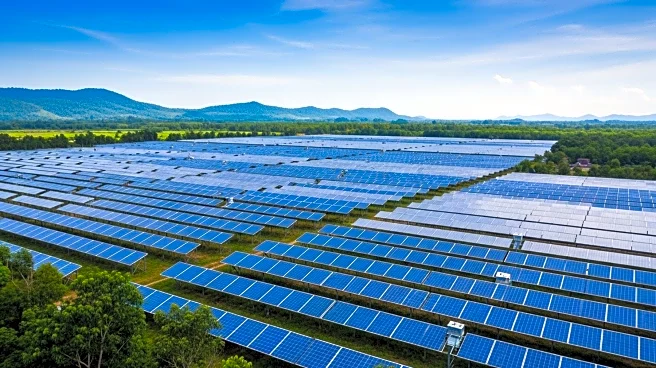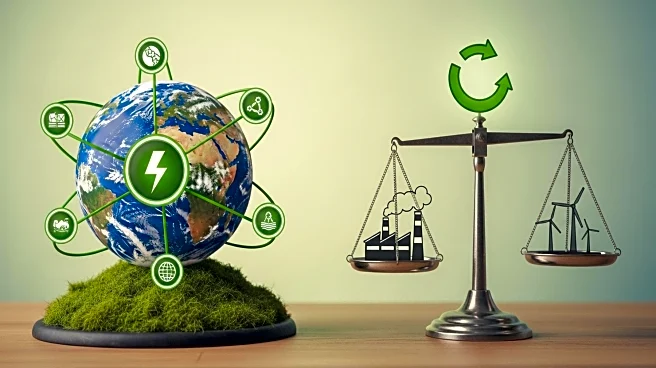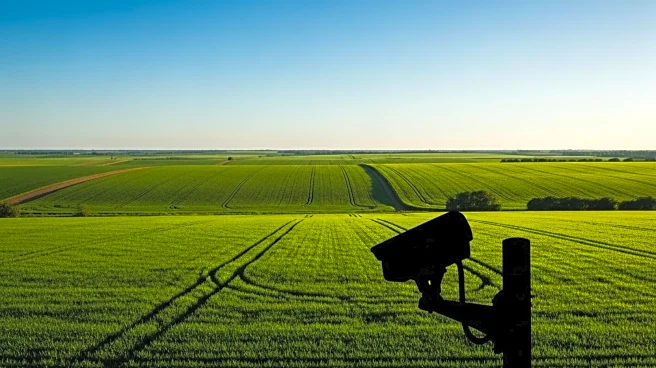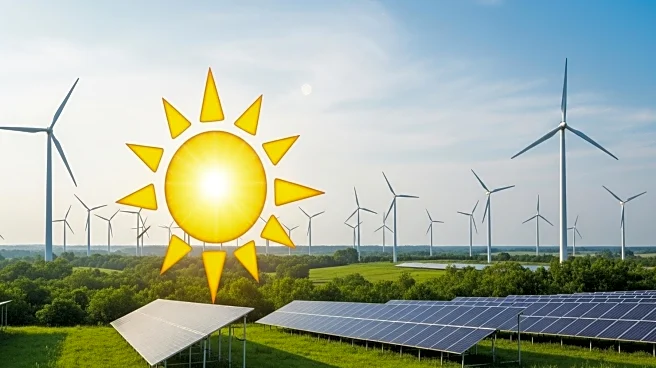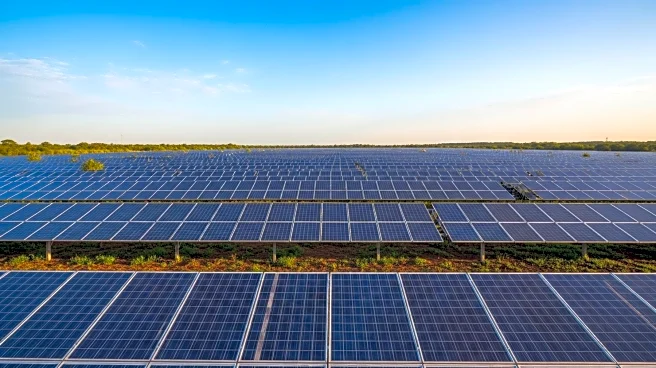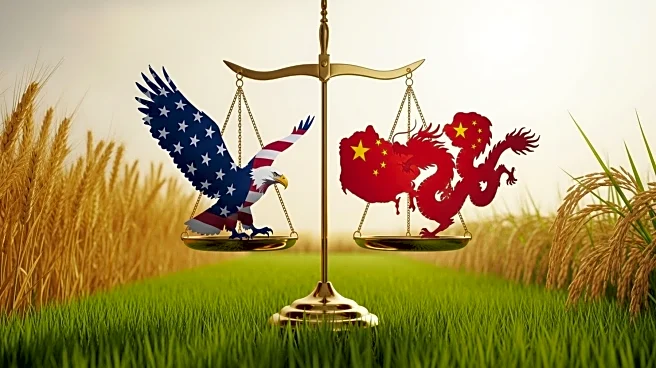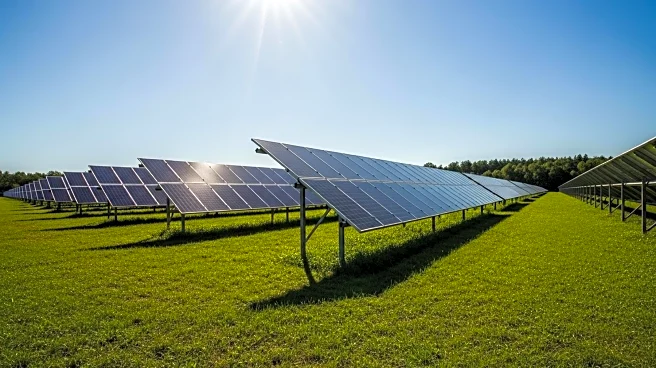Rapid Read • 9 min read
The United States Department of Agriculture (USDA), under Secretary Brooke Rollins, has announced a significant policy shift regarding the funding of solar energy projects. The USDA will no longer use tax dollars to support solar projects on productive farmland, aiming to preserve prime farmland acreage for food production. This decision affects various programs, including the Business and Industry Guaranteed Loan Initiative and the Rural Energy for America Program (REAP). The new policy restricts funding to small-scale systems under 50 kilowatts with documented historical energy usage. The USDA's order is effective until August 2026, marking a departure from previous support, which included over $2 billion in renewable energy systems. The department argues that solar panel projects have made land harder to access and more expensive for farmers, while industry officials contend that some solar projects can coexist with agricultural activities.
AD
This policy change by the USDA has significant implications for the renewable energy sector and agricultural land use. By halting funding for large-scale solar projects on prime farmland, the USDA aims to prioritize food production over renewable energy expansion. This decision could impact the growth of solar energy initiatives, particularly those involving components from China, which are now off-limits. Farmers may benefit from increased access to farmland, potentially reducing costs and competition for land. However, the renewable energy industry may face challenges in expanding solar infrastructure, potentially slowing progress towards sustainable energy goals. The decision reflects broader tensions between agricultural interests and renewable energy development, highlighting the need for balanced policies that address both food security and environmental sustainability.
The USDA's policy will remain in effect until August 2026, providing a timeframe for stakeholders to adapt to the new funding restrictions. Farmers may experience increased availability of farmland, potentially influencing crop production and pricing. Renewable energy companies may need to explore alternative funding sources or focus on smaller-scale projects that meet the new criteria. The policy could prompt discussions among policymakers, industry leaders, and environmental advocates about the future of renewable energy and agricultural land use. Stakeholders may advocate for revisions or exceptions to the policy, emphasizing the potential for solar projects to coexist with agricultural activities.
The USDA's decision raises broader questions about the balance between agricultural land preservation and renewable energy development. Ethical considerations include the prioritization of food security over environmental sustainability and the potential impact on rural communities reliant on renewable energy projects for economic growth. The policy may influence long-term shifts in land use planning and energy policy, prompting debates about the role of government in supporting sustainable practices. Additionally, the exclusion of projects involving Chinese components reflects ongoing geopolitical tensions and concerns about supply chain dependencies.
AD
More Stories You Might Enjoy
